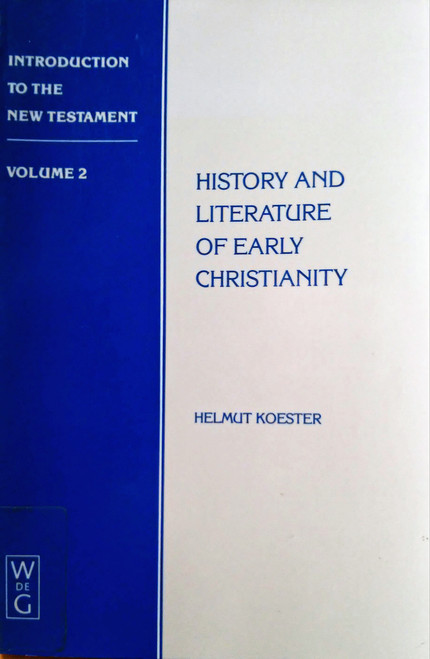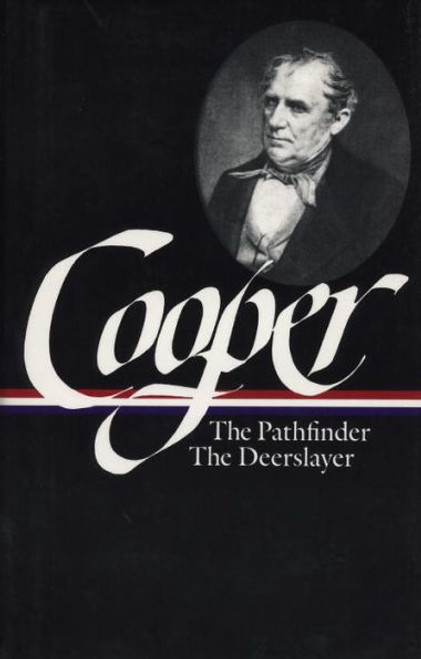Ordeal and Hope, 1939-1942, covers the period between George C. Marshall becoming Chief of Staff in September 1939 and the first military successes in 1942 (Guadalcanal, El Alamein, Northwest Africa). This second volume describes how Marshall built up an army and air corps of fewer than 200,000 in 1939 with key players such as Harry Hopkins, FDR’s confidant, Secretary of the Treasury Henry Morgenthau, Secretary of War Henry Stimson, President Roosevelt and Congress.
Faced at the very outset by the overwhelming problem of safeguarding, in a world that was catching fire, the far-flung interests of his own peace-loving and undefended country, Marshall assembled helpers, exerted all his gifts of diplomacy, and labored early and late to build up this nation's defenses. As the flames of war drew nearer, Congressional opposition seemed to increase. Three months before Pearl Harbor there was a move to reduce the size of the Army.
And then, with the crippling of the Pacific Fleet, all the plans and calculations of the Chief of Staff came to grief. The way was open for Japanese expansion to the south, Hawaii was open to attack, the West Coast of the United States was vulnerable, and the means of sending aid to MacArthur in the Philippines ceased to exist.
This was the prelude to our part in World War II and to the strategy and the uneasy teamwork that brought victory to the Allies. Marshall's increasing role in the global effort is presented in vivid and colorful detail, often in his own forthright words. Caught again and again between the mercurial improvisations of Roosevelt and the granite stubbornness of Churchill, between the material requirements of England, Russia, and the Pacific and the needs of our own Army, Marshall became a touchstone of judgment and levelheadedness. He is seen here in all his public and private dealings with the other soldiers, statesmen, and politicians who shaped the course of the war.
Foreword by General Omar N. Bradley
Editorial Reviews
“This work on Marshall continues to be the fine scholarly product that one expects from its author.” — C. P. Stacey, International Journal
“Dr. Pogue has written a splendid account of the army high command in World War II. It makes an important contribution to the history of our times and complements previously-published memoirs and official histories. The military specialist will be impressed by the systematic coverage Dr. Pogue gives to the way in which Marshall used his staff and managed the war. General readers will be fascinated by the new information provided about the characters and wartime actions of such leaders as Roosevelt, Churchill, MacArthur, and Eisenhower... This is a thoroughly satisfying book and a splendid companion to the first volume.” — H. A. De Weerd, The Virginia Quarterly Review
“This second volume of Forrest Pogue’s long-awaited authorized biography of General George C. Marshall has reached the period of Marshall’s first three years as Chief of Staff... when [he] initiated the vast expansion of the US Army for World War II... Excellent footnotes and detailed appendixes, interviews, and bibliographical notes will ensure Pogue’s Marshall a permanent place in US military history and biography.” — Trumbull Higgins, The American Historical Review
















